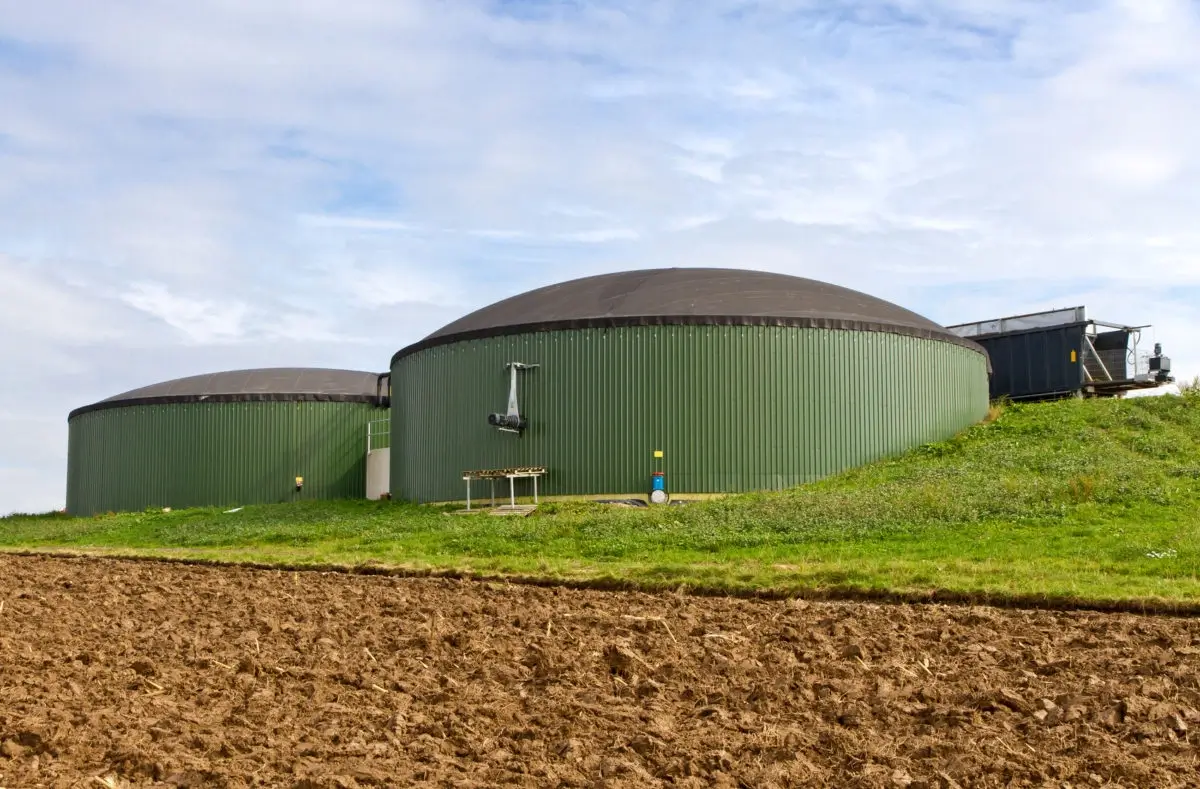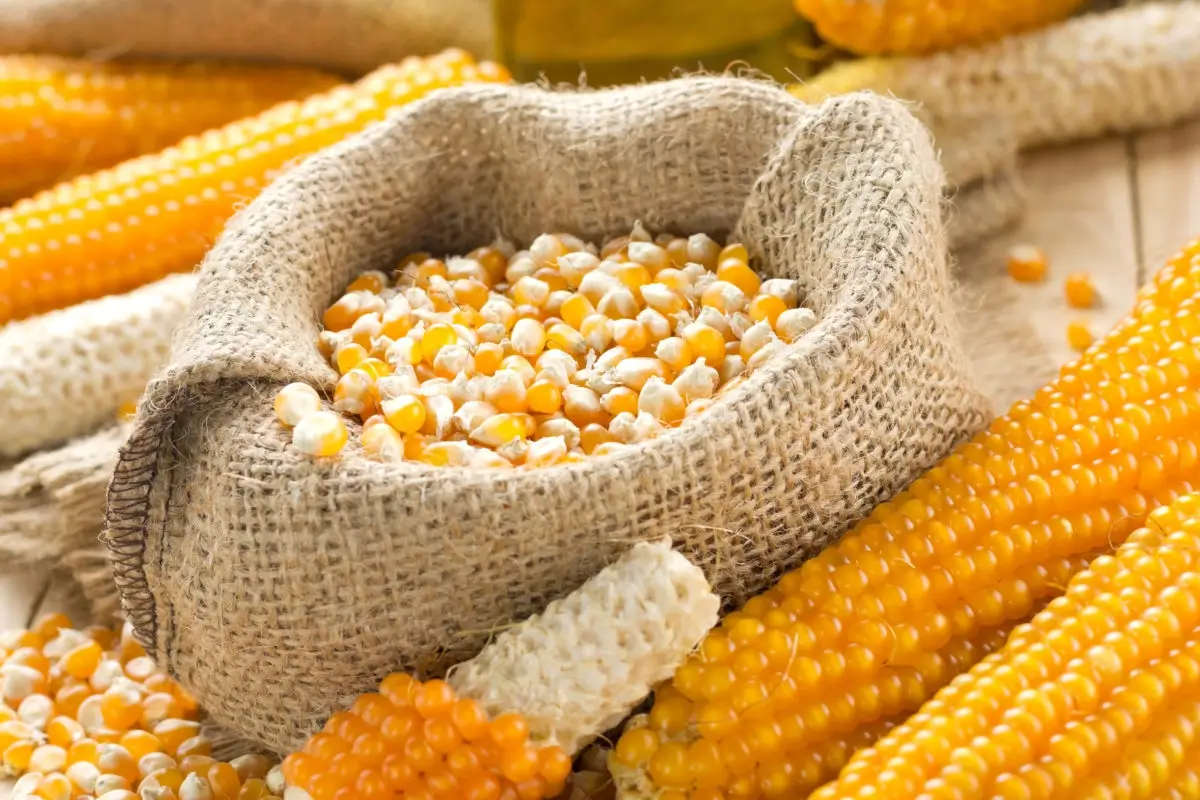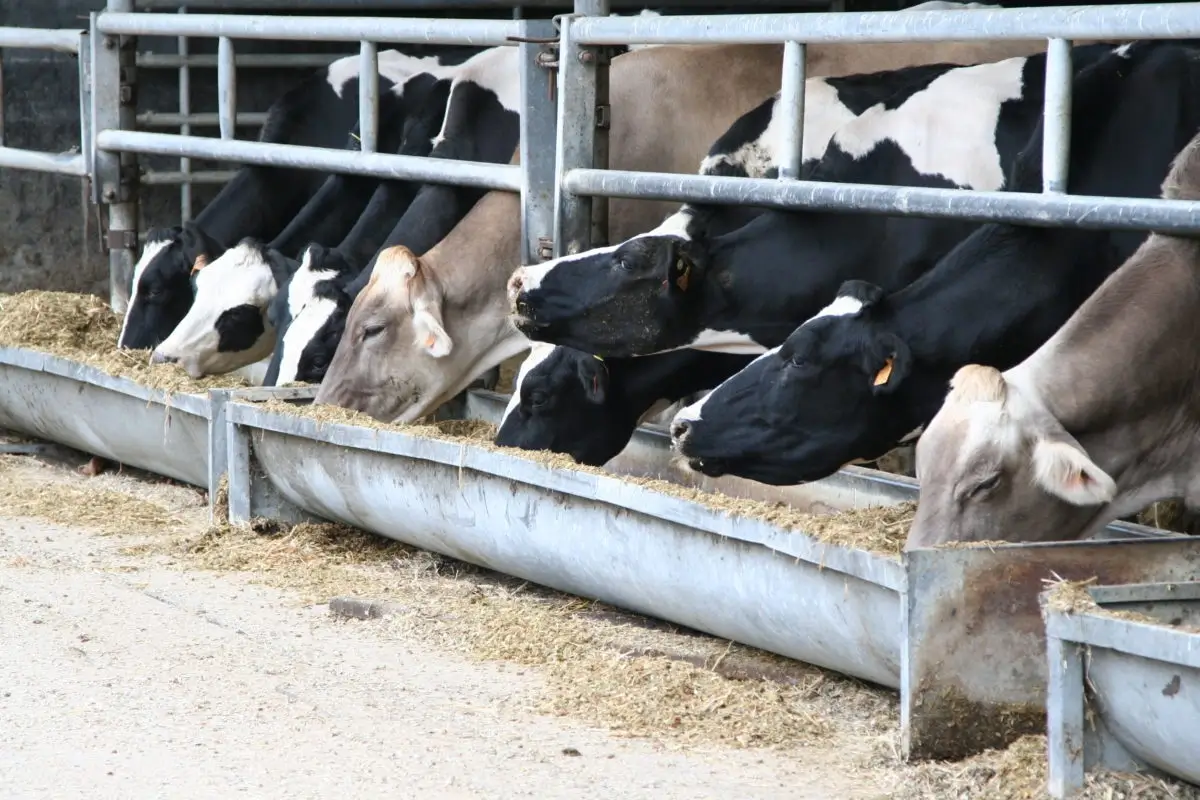Industrial processing
Apart from human food and animal feed, maize and its starch are used in a large number of industrial processes. Among the best known are the production of bioethanol and methane.

Bioethanol
The starch contained in maize grains can be fermented and turned into alcohol. Once concentrated and dehydrated, it can be turned into bioethanol and used for the transport industry.
Bioethanol is integrated into conventional fossil fuels. It is contained in SP95 and SP98 unleaded petrol, SP95-E10 and E85 super ethanol in French petrol stations . The concentration of bioethanol is prescribed by European directives.
Bioethanol is the most widely used biofuel in the world. In 2017, the United States produced 59% of bioethanol worldwide, Brazil produced 25% and the European Union produced 5%. France is the leading European producer.
Bioethanol production diminishes our dependence on fossil fuels and reduces greenhouse gas (GHG) and particle emissions.
Biogas
In Europe, maize is also used to produce biogas through anaerobic methane digestion. Germany is by far the largest producer of biogas with over 9,000 biogas plants.
As of January 2020, production was still growing in France, with about 700 anaerobic digestion units in operation and more than 1,000 ongoing projects.
Biogas can be used to generate heat and electricity. Fodder maize is the main energy crop used in Europe for heat and power generation. On the one hand because the species yields large quantities of methane and, on the other, because maize offers a very high yield of dry matter per hectare.
Stored in the form of silage, it also supplies biogas plants throughout the year.

Industrial products
Maize and its compounds are used in numerous human food products.
But they are also used for other purposes, particularly in the cosmetics and pharmaceutical industries, but also in the building materials, textile and paper sectors.
Maize and its derivatives are now widely adopted for the manufacture of agro-materials, i.e. industrial products of plant origin. As such, it is a choice raw material to limit our dependence on fossil raw materials for the design of a wide range of industrial products.

